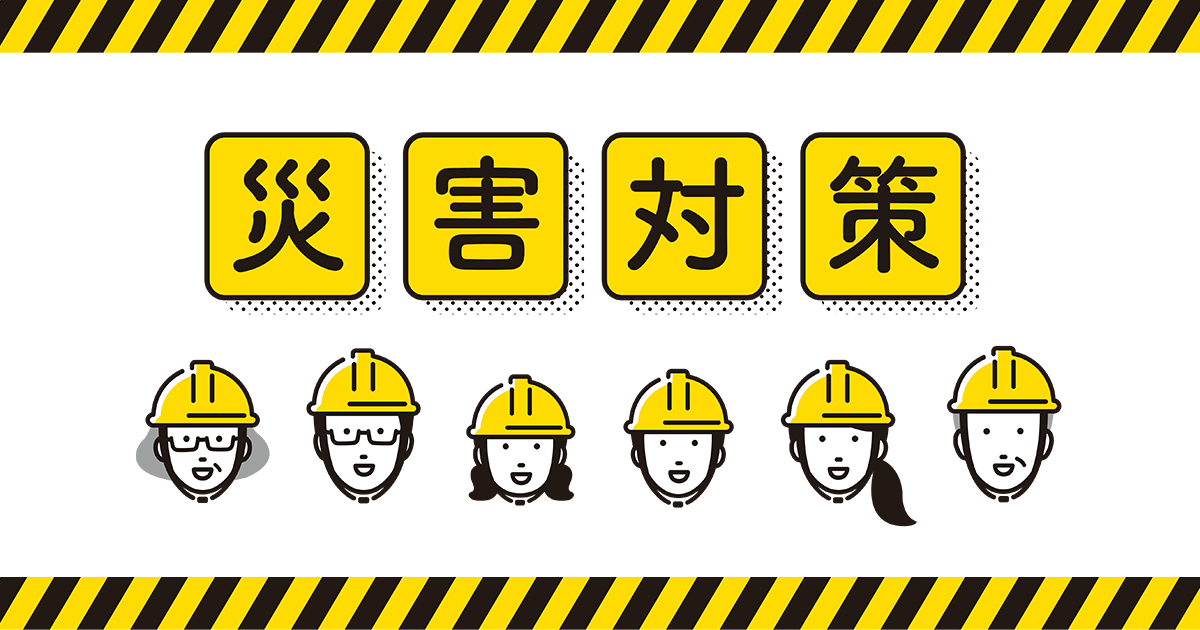The final break with the Tsentralna Rada came on April 29, when General Pavlo Skoropadskyi declared himself Hetman of the Ukrainian state.
The Treaty of Rapallo of 1922 between Germany and Soviet Russia canceled the German commitments made at Brest-Litovsk. The disintegration of Austria-Hungary in late 1918 automatically annulled its commitments. Turkey renounced the Treaty of Brest-Litovsk by signing a treaty with the Ukrainian SSR in 1922. Only Bulgaria, as far as is known, did not formally annul the treaty.
The Battle of Rarańcza was fought between Polish Legionnaires, and Austria-Hungary, from February 15 to 16, 1918, near Rarańcza in Bukovina, and ended with a Polish victory.The Brest-Litovsk Treaty, which was being negotiated on February 9, 1918, did not appear to benefit the idea of a nation state for Poland. This treaty, signed between the Central Powers (including Austria-Hungary) and the Ukrainian People's Republic on February 9, 1918, transferred the province of Chełm to the Ukrainian state. Poles, meanwhile, believed that the town of Chełm and surrounding lands should be under Polish control.
The Polish forces, part of the Austro-Hungarian Army stationed on the border of Bessarabia, were increasingly restless. They were relatively spread out throughout the region over a frontline 250 km in length. They consisted of the Polish Auxiliary Corps (known as the II Brigade of Polish Legionnaires up till the recent oath crisis), as well as some additional Polish units. The Poles, having received the information about the treaty on February 12, and expecting, in the aftermath of the treaty further weakening of the Polish units, decided on the February 14 to join forces with the Polish First Army Corps in Russia by crossing the Austrian-Russian front lines. Only a few, including general Michał Zieliński, proposed taking no action, however even Zieliński unofficially supported the mutiny. Polish units, mostly the 2nd and 3rd Regiment under the command of Józef Haller de Hallenburg, attempted to break through the Austrian lines on February 15 to 16, 1918. Austrian forces were ordered to stop them, and fighting ensued in several places (while in others Austrian units withdrew).






















お礼
回答ありがとうございました。